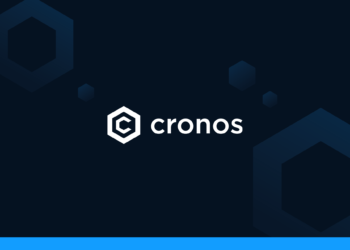SIMD-228, the Solans proposal seeking to overhaul the network’s inflation system, has been rejected by stakeholders.
However, due to the scale of participation, the voting exercise is being celebrated as a success for the governance process and the Solana ecosystem.
Here is everything you need to know about Solana’s failed proposal—and how it compares to the ongoing governance battle over Cronos’ reverse burn proposal.
The Proposal and Results:
The proposal essentially sought to transform Solana’s inflation system from a fixed schedule with a pre-set decrease in inflation to a dynamic market-based model based on staking participation.
Solana’s supply inflation currently starts at 8% annually and decreases by 15% each year until it stabilizes at 1.5%. The proposed mechanism, according to some estimates, could have slashed inflation by as much as 80%.
The idea was to prevent high inflation from leading to a drop in SOL’s price and remove barriers to network use. Adjusted inflation would not only minimize unnecessary token issuance but also improve network security.
However, lower inflation hits small validators hardest, making it difficult for them to stay profitable. Further, there were fears that unexpected shifts and increased complexity can lead to instability.
According to Dune Analytics, 74% of the staked supply voted on proposal SIMD-228 across 910 validators. Needing over 66.67% to pass, the proposal failed as only 43.6% voted in favor of it, 27.4% voted against it and 3.3% abstained.
Reaction: Win for Governance
Multicoin Capital co-founder Tushar Jain explained that the activity was the biggest crypto governance vote ever, by both the number of participants and the participating market cap, of any ecosystem, chain or network.
“If this vote tells us one thing, it’s that the state of the Solana network is strong. This was a meaningful scaling stress test—a social, rather than technical, stress test—and the network passed despite a wide stratification of diverging opinions and interests,” he said on X.
He compared Solana’s market cap during the governance debate to Bitcoin’s market cap during the mid-2017 blocksize wars and proclaimed that despite the proposal not passing, the voting process is proof that the network is thriving and fully decentralized.
Where the CRO proposal stands:
The victory for governance proclaimed by Solana comes amid intense scrutiny and debate regarding another governance proposal – Cronos seeking to reverse the burn of 2021 and bring back 70 billion CRO tokens.
CroFam has claimed that the system is not truly decentralized and lacks systems in place to ensure community sentiment is heard:
Currently, 45% votes are for the proposal and 44% are against. The proposal is likely to be rejected if it does not meet the quorum of 33% by March 17th, when the voting ends.

















